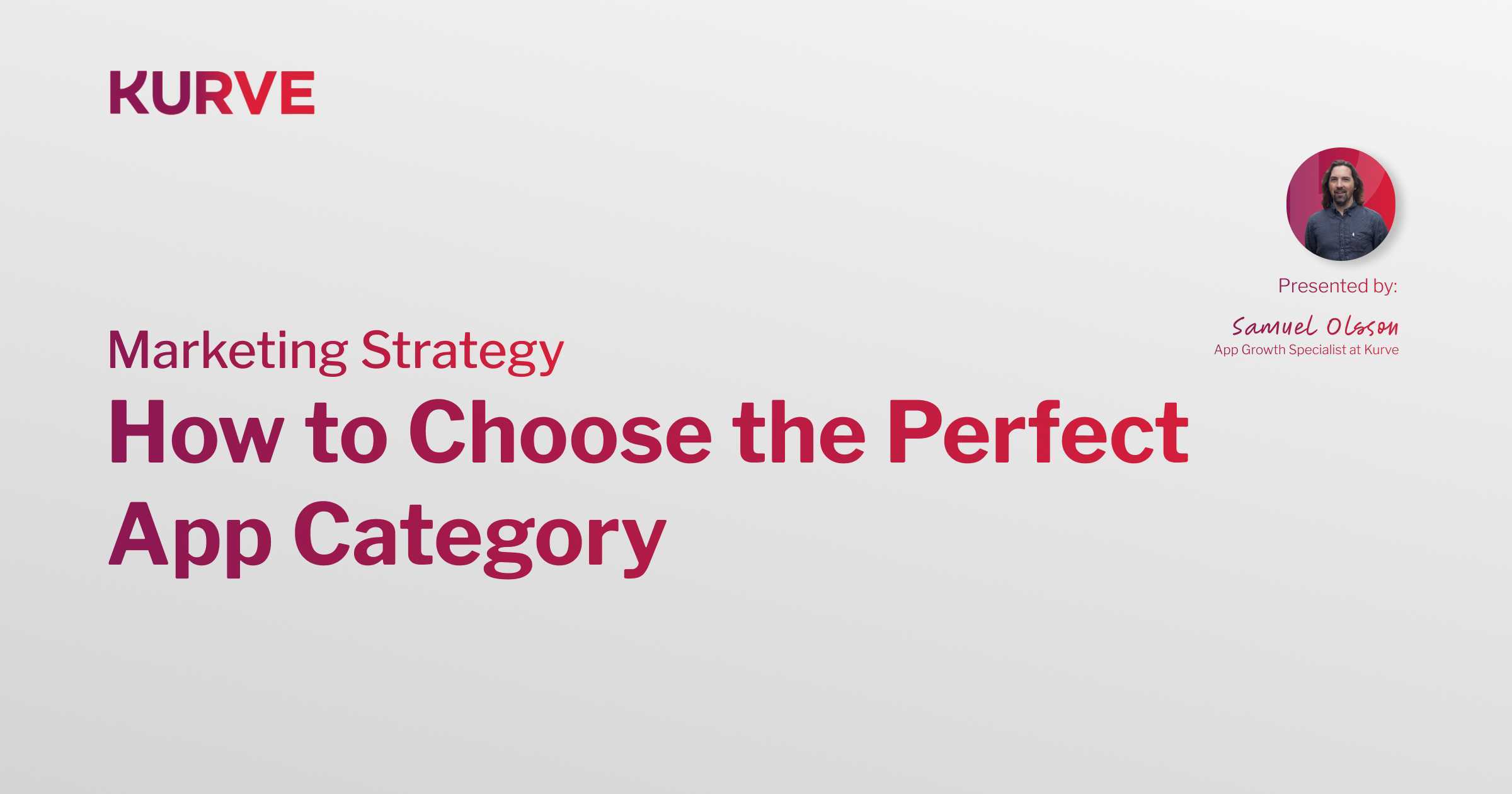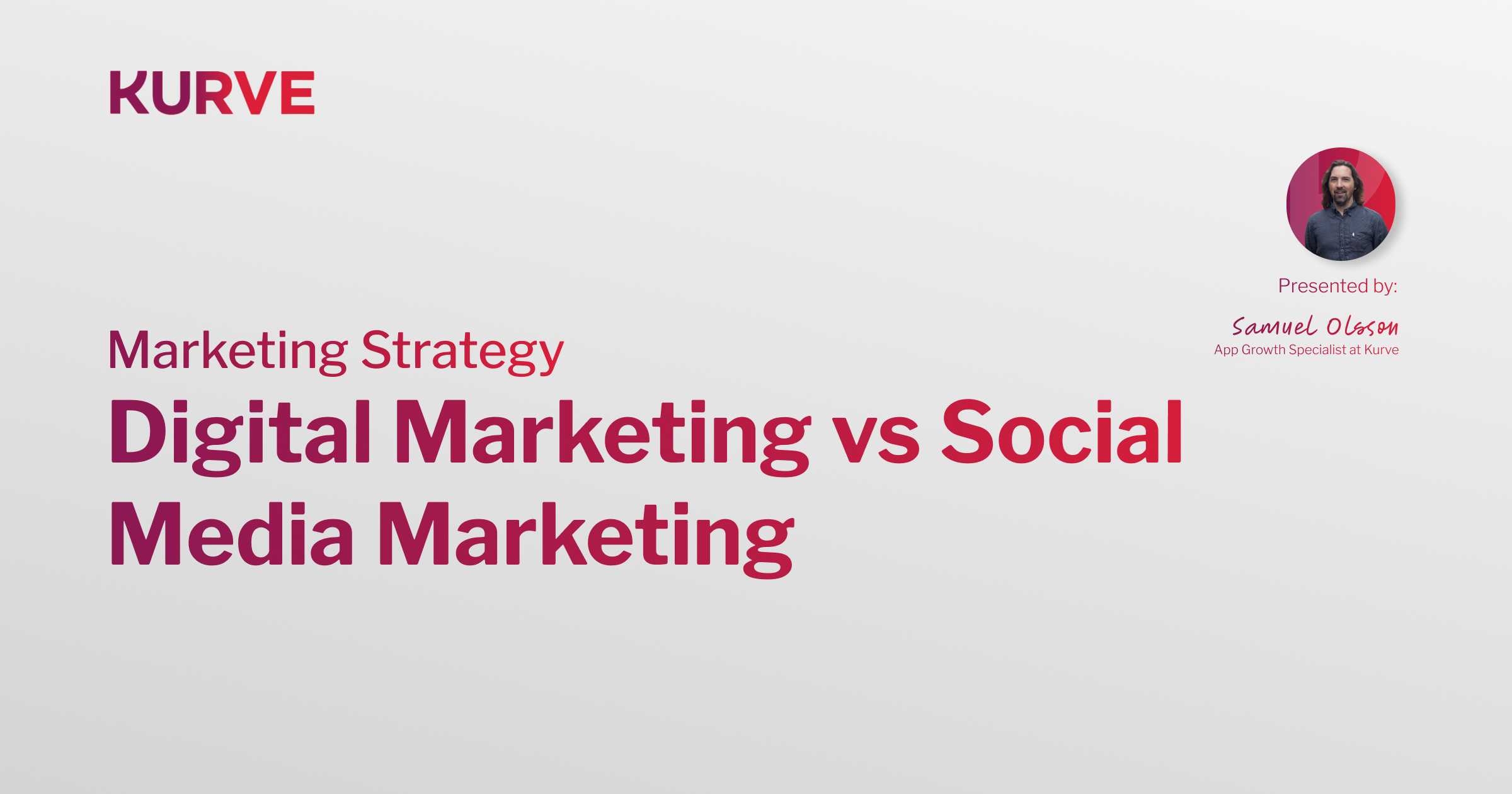Growth Hacks for Apps: 2025 Guide
Most app growth advice is vague. This isn’t. In early 2024, one of our clients - a budgeting app - was stuck at 3,000 MAUs. After 90 days of structured growth experiments, they scaled to 11,200 MAUs and nearly doubled retention. This guide is the distilled version of what worked: practical, tested, and grounded in results.
Quick Summary
| Theme | Mistake | What Growth Teams Do | Example |
|---|---|---|---|
| Activation | Skip onboarding UX | Design wow-moment journeys | +29% D1 retention with 3-step intro flow |
| ASO | Set and forget store assets | Test icons, titles quarterly | +47% install rate after icon test |
| Referrals | Generic incentives | Tie value to emotion | 4x invites after inserting share CTA post-win |
| Retention | Blast notifications | Send event-based nudges | +40% 7-day retention via streak reminders |
| Monetisation | Static pricing | A/B test paywall copy | +63% ARPU with annual-first offer |
1. Nail Your Activation Flow (The First 30 Seconds Matter)
Your onboarding sequence is your growth engine. A wellness app we supported had 6 onboarding steps and 17% D1 retention. By shifting to a 3-screen journey with an interactive feature preview, D1 retention jumped to 46% within 3 weeks.
Tools to use: Appcues, Amplitude Experiment, Tapp

2. Embed Viral Loops (Not Just Referral Codes)
We helped a journaling app increase organic installs by 230% in one quarter without paid spend. How? By embedding a share CTA after a key moment, when users completed their first 5-day streak. Emotional payoff creates prime sharing intent.
Tool stack: Tapp, Branch.io, AppsFlyer
Example loop: Achievement → Share Prompt → Social Proof → New User
Visual prompt: Viral loop flow diagram with real app labels (we’ve included a version separately)

3. Win ASO with Iteration, Not Assumptions
App Store Optimisation still drives consistent installs, if you treat it like performance marketing. One client gained a 50% lift in conversion after testing a new icon variant aligned with their brand’s premium positioning. They tested titles and visuals monthly, not yearly.
Tools: Storemaven, AppTweak, SplitMetrics
Experiment framework: Run quarterly tests on: icon, subtitle, first 3 screenshots, video. Track install rate by source (search, browse, referral).
4. Notifications That Actually Work
Most apps nudge too much or too little. One productivity app we advised switched from generic daily tips to behaviour-triggered streak reminders and event-based nudges (e.g. “Only 2 days left to hit your goal!”). Result: 7-day retention went from 19% to 27% in under 4 weeks.
Recommended tools: Braze, Customer.io, OneSignal

5. Monetisation is a Funnel (Treat Your Paywall Like One)
Static pricing kills revenue. A client running a finance app saw ARPU rise 63% by moving to an “annual-first” pricing model that framed value early, included an explainer modal, and offered a 14-day trial. They used RevenueCat to A/B test pricing tiers, button copy, and paywall visuals.
Key takeaway: Don’t ask users to buy, show them what they’re buying into.
Tools: Nami, RevenueCat, Paddle
What Founders Still Get Wrong (and How to Fix It)
- "Let’s launch and see" - You need activation experiments ready before launch.
- "Referrals are bonuses" - Make sharing part of the product journey.
- "ASO is set-and-forget" - Schedule refresh cycles like campaigns.
What Top Growth Teams Do Differently
- Systemise experiments: Every test has a goal, owner, and metric.
- Embed growth into product: Virality and retention are built-in, not bolted-on.
- Review every metric weekly: Retention, DAUs, MRR, referrals
Conclusion
Growth isn’t a one-off project, it’s a system. If you want help mapping your first experiments or scaling what’s working, book a Kurve growth audit or talk to our team.



